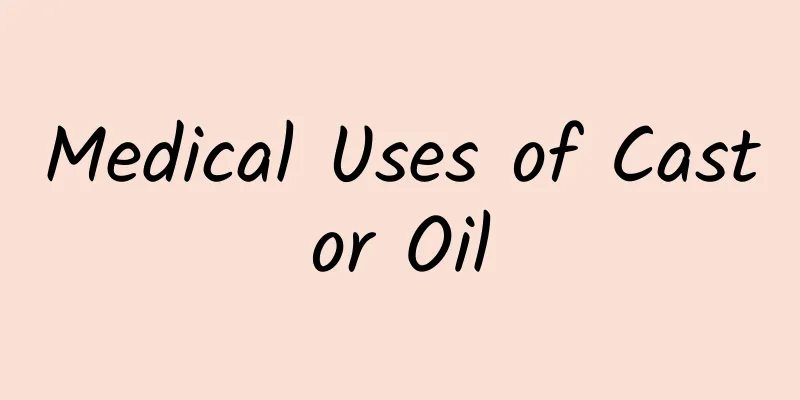What are the oral antifungal drugs?

|
There are many types of medicines, most of which are specially formulated according to the characteristics of various diseases and have a strong therapeutic effect on the diseases. Among various diseases, fungal diseases are the most difficult to treat and require long-term use of antifungal drugs. Antifungal drugs are best taken orally and have the least side effects. Let’s take a look at what oral antifungal drugs are available. I hope everyone can understand. 1. Triazoles Azole antifungals, including imidazoles and triazoles. Imidazoles include: ketoconazole, clotrimazole, miconazole, econazole and sertaconazole. Currently, most of them are topical medications for superficial fungal infections or candidal infections of the skin and mucous membranes. Triazoles include fluconazole, itraconazole, voriconazole, and the research-stage saconazole, pasoconazole, ravuconazole, SCH39304 (SM8668), and SDZ89-485, all of which can be used to treat deep fungal infections. The main target enzyme of azole drugs is 14-demethylase (14-DM). The 3rd or 4th nitrogen atom on the imidazole ring and triazole ring is embedded in the iron atom of the enzyme's cytochrome P450 protein, inhibiting the catalytic activity of 14-DM, preventing lanosterol from being converted into 14-demethyllanosterol, and further preventing the synthesis of ergosterol, which in turn blocks the synthesis of fungal cell membranes and causes fungal cell rupture and death. 2. Polyenes Polyene antifungal drugs include: amphotericin B (AmB), amphotericin B lipid complex (ABLC), amphotericin sulfate cholesteryl ester (ABCD), liposomal amphotericin B (L-AmB) and nystatin. This type of drug interacts with the sterols on the phospholipid bilayer of the fungal cell membrane, causing water-soluble pores to form in the cell membrane, changing the permeability of the cell membrane, and ultimately leading to the loss of important cellular contents and causing the death of the fungus. Amphotericin B can also produce a bactericidal effect by stimulating macrophages to regulate autoimmune function. Nystatin liposomes (NYS) can bind to ergosterol on the fungal cell membrane, reduce the stability of the cell membrane, and are active against a variety of fungi. 3. Echinocandins These compounds are non-competitive inhibitors of 1,3-β-D-glucan synthase, which inhibit its biological activity without affecting the biosynthesis of nucleic acids and mannan. 1,3-β-D-glucan is an important substance for maintaining the integrity of fungal cell walls, but Cryptococcus lacks this substance. 1,3-β-D-glucan deficiency leads to increased fungal cell wall permeability, cell lysis, and fungal death. 1,3-β-D-glucan does not exist in human cells. |
<<: What are the symptoms of drug overdose?
>>: What medications are used to treat Parkinson's disease?
Recommend
Causes of gray hair
With the continuous increase in our country's...
What does a black mole on the sole of the foot mean?
Black moles can appear in many places on the skin...
Causes and treatments for dark circles around children's lips
Some parents pay a lot of attention to their chil...
Can prenatal examination detect intellectual problems?
Prenatal examinations cannot detect a baby’s inte...
Tongkat Ali wine benefits
Tongkat Ali, also known as Tongko Ali, is a plant...
Is it good for men to drink menstrual fluid?
Women will shed a lot of blood and other substanc...
Carbon monoxide poisoning treatment
Carbon monoxide poisoning is not uncommon in life...
Hepatitis A, B, and C
Many times there may be some sources of infection...
The best way to supplement calcium for the elderly
Nowadays, the digestive systems of many elderly p...
Diagnosis and treatment of diplopia
There are many causes of diplopia, such as abnorm...
White spots inside the labia
The main reason for the whitening of the labia is...
The side effects of Astragalus are too great
Scutellaria baicalensis is a very common Chinese ...
Saffron foot bath has many benefits, and it is worth using just four points
In life, for those who have the habit of soaking ...
Will morning sickness affect fetal development?
Many women experience morning sickness after beco...
What should I do if my baby has a rash due to drug allergy?
The health of babies is very fragile, and they ca...









